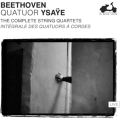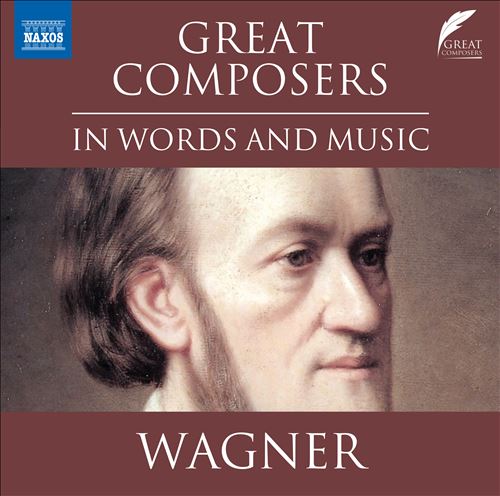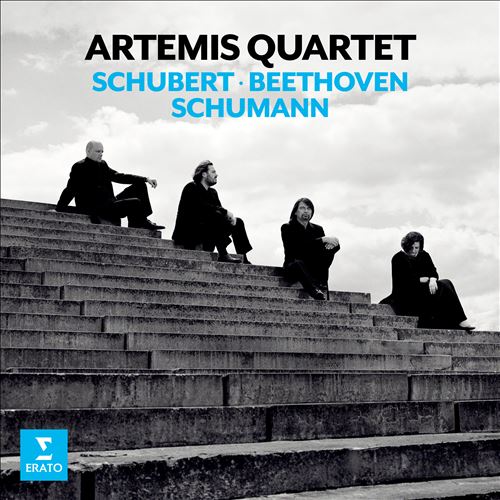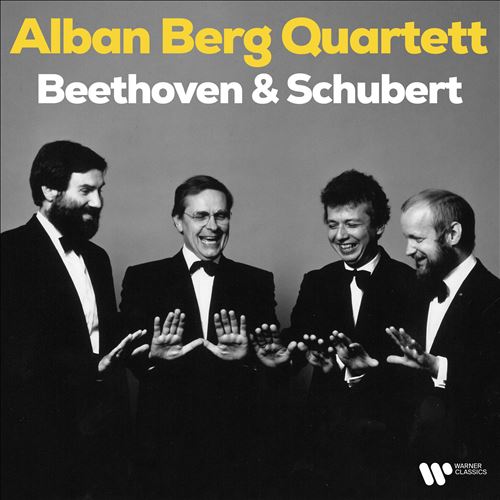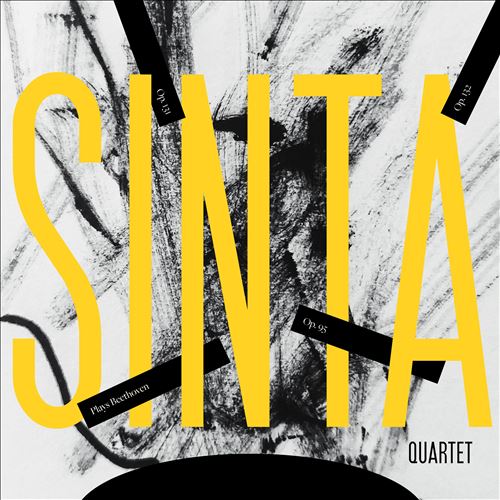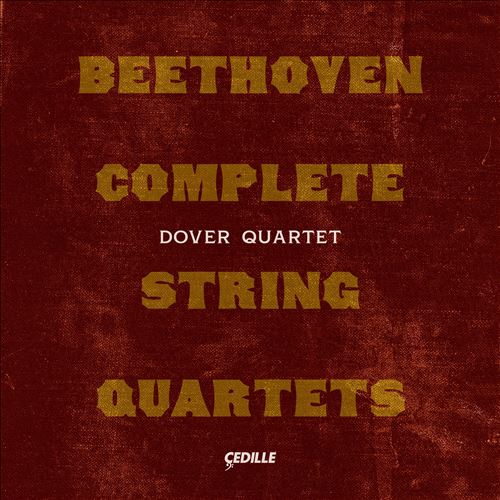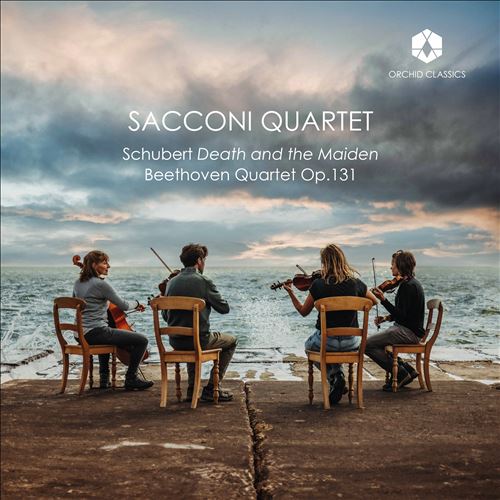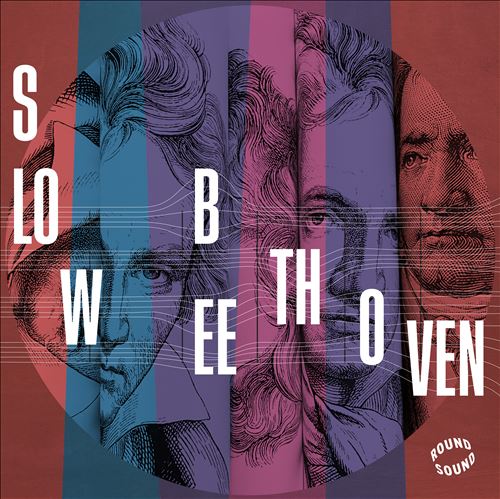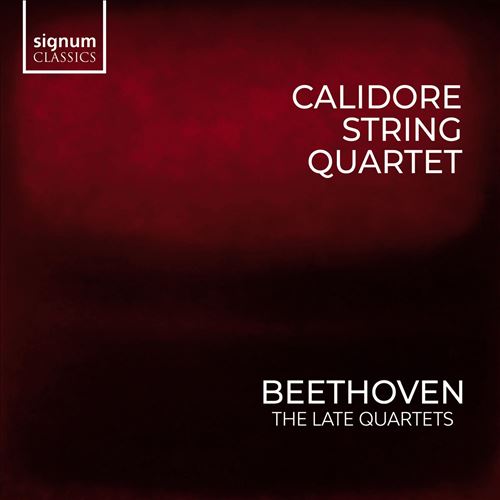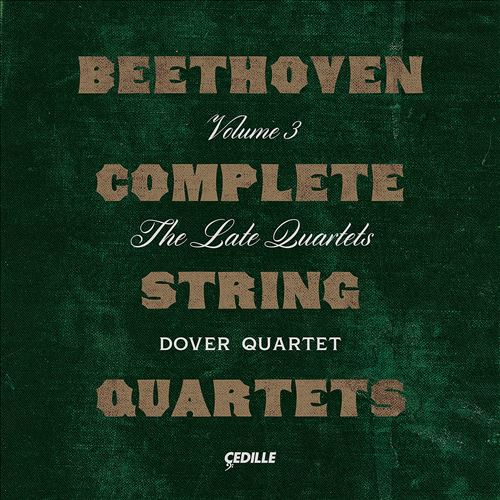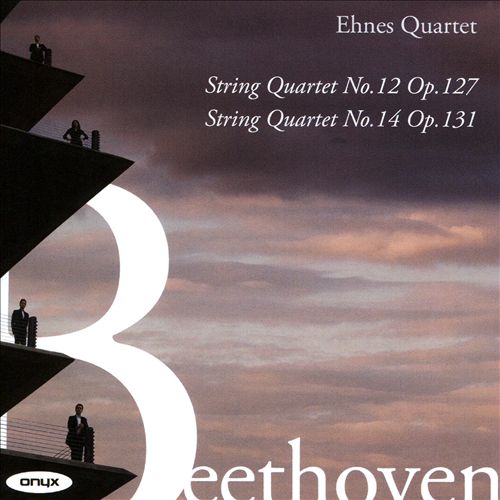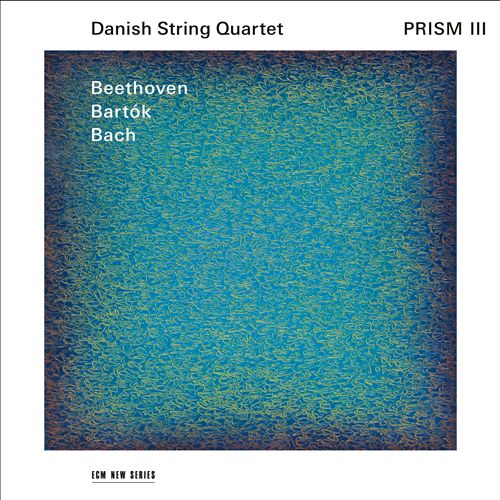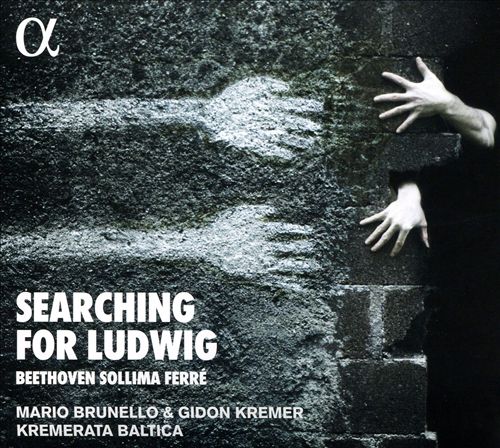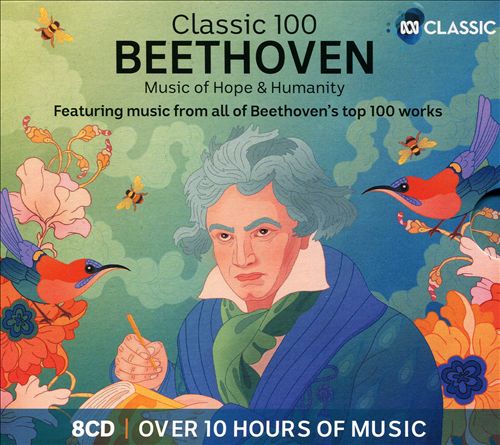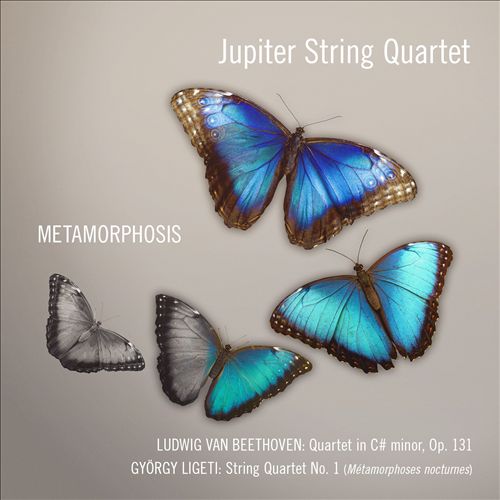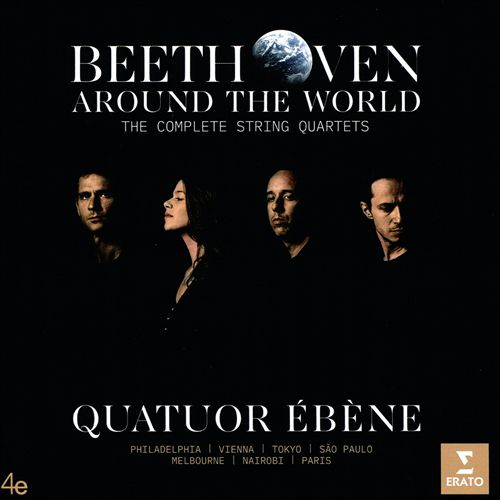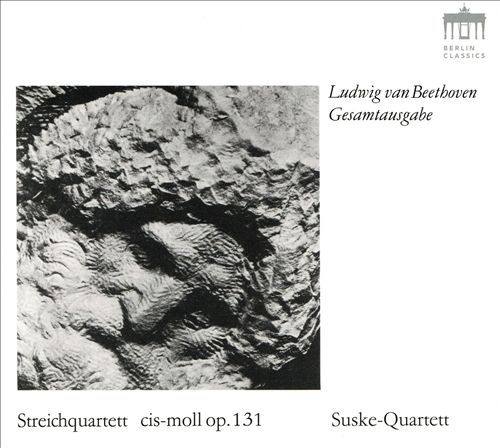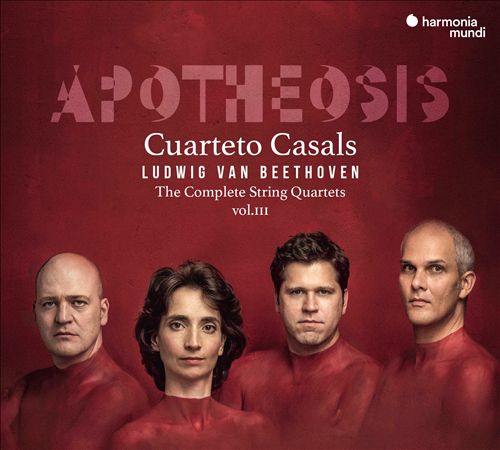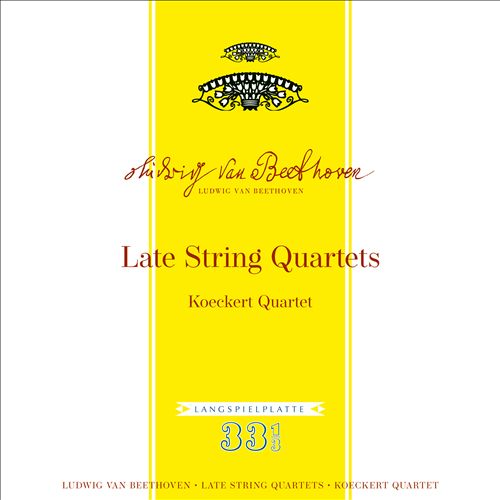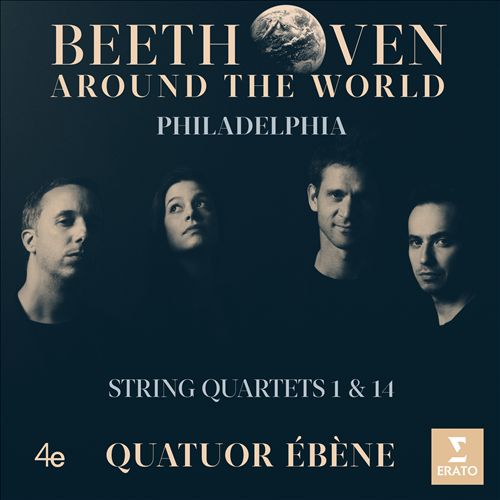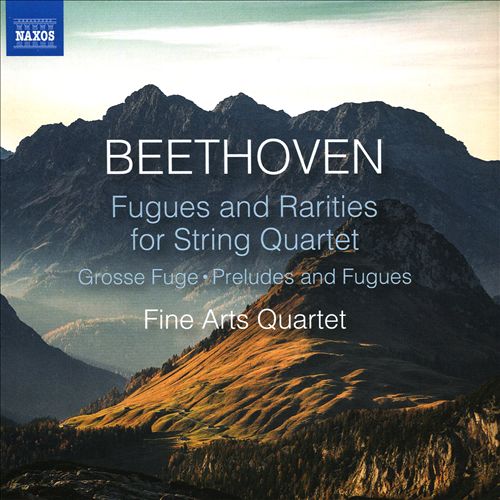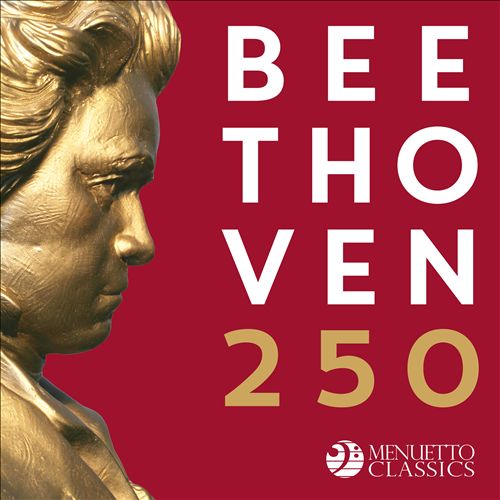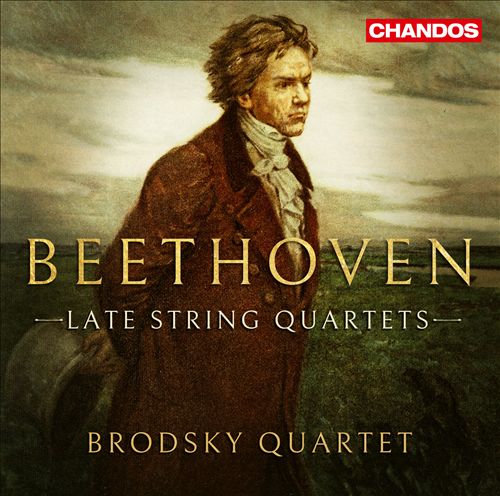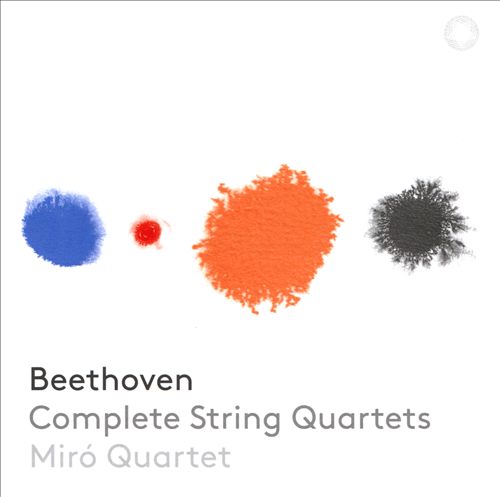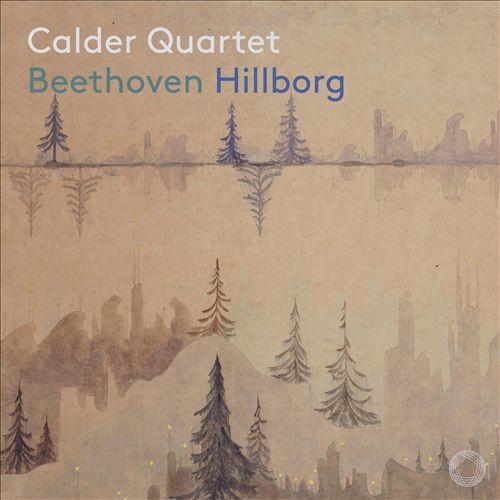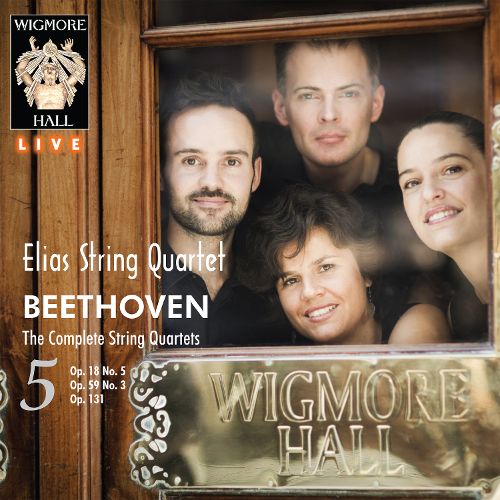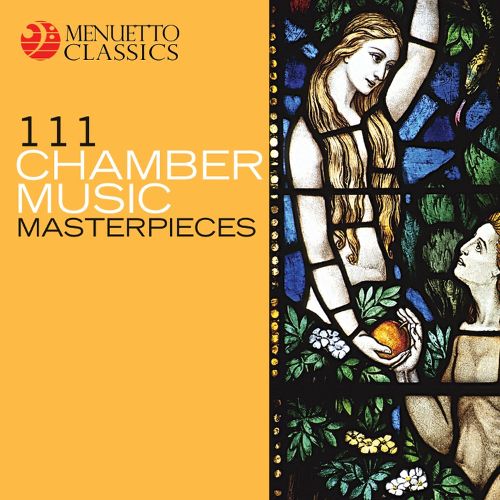Ludwig van Beethoven (루트비히 판 베토벤)
String Quartet No. 14 in C sharp minor, Op. 131
100
10,000
1,400
WORK INFO
작곡가: Ludwig van Beethoven (루트비히 판 베토벤)작곡년도: 1826평균연주: 38:57악장1Adagio ma non troppo e molto espressivo7:092Allegro molto vivace3:063Allegro moderato0:494Andante ma non troppo e molto cantabile13:595Presto5:306Adagio quasi un poco andante2:057Allegro6:36The String Quartet No. 14 in C♯ minor, Op. 131, was completed by Ludwig van Beethoven in 1826. (The number traditionally assigned to it is based on the order of its publication; it is actually his fifteenth quartet by order of composition.) About 40 minutes in length, it consists of seven movements played without a break, as follows: Beethoven's sketches for his Op. 131Baron Joseph von StutterheimThis work is dedicated to Baron Joseph von Stutterheim (de), as a gesture of gratitude for taking his nephew, Karl, into the army after a failed suicide attempt. It was Beethoven's favourite of the late quartets; he is quoted as remarking to a friend that he would find "a new manner of part-writing and, thank God, less lack of imagination than before". It is the last-composed of a trio of great works, written in the order 132, 130 with the Große Fuge ending, 131. It is said that upon listening to a performance of this quartet, Schubert remarked, "After this, what is left for us to write?" Robert Schumann said that this quartet and Op. 127 had a "...grandeur [...] which no words can express. They seem to me to stand...on the extreme boundary of all that has hitherto been attained by human art and imagination." The Op. 131 quartet has been described as a monumental feat of integration. While Beethoven composed the quartet in six distinct key areas, the work begins in C♯ minor and ends in C♯ major. The Finale directly quotes the opening fugue theme in the first movement in its second thematic area. This type of cyclical composition was avant-garde for a work of that period. Joseph Kerman wrote: "blatant functional reference to the theme of another movement: this never happens". Op. 131 is often grouped with Opp. 132 and 130. There is motivic sharing among the three works. In particular, the "motto" fugue of the leading tone rising to the tonic before moving to the minor sixth and then dropping down to the dominant is an important figure shared by these works. This intervallic material is descendent from Bach, and has been used by other notable composers, including Haydn and Mozart. This quartet is one of Beethoven's most elusive works musically. The topic has been written about extensively from very early after its creation, from Karl Holz, the second violinist of the Schuppanzigh Quartet, to Richard Wagner, to contemporary musicologists today. One popular topic is a possible religious/spiritual genesis for this work, supported by similarities to the Missa Solemnis. In the first movement of Op. 131, the continually flowing texture resembles the Benedictus and the Dona Nobis Pacem from the earlier work. In addition, whether purposefully or not, Beethoven quotes a motivic figure from Missa Solemnis in the 2nd movement of the quartet. The piece was featured in the plot of the 2012 film A Late Quartet.
- Adagio ma non troppo e molto espressivo
- Allegro molto vivace
- Allegro moderato – Adagio
- Andante ma non troppo e molto cantabile – Più mosso – Andante moderato e lusinghiero – Adagio – Allegretto – Adagio, ma non troppo e semplice – Allegretto
- Presto
- Adagio quasi un poco andante
- Allegro
1. Adagio ma non troppo e molto espressivo (121 measures, cut time, about 7 minutes in length)From WIKIPEDIA
RELEASED ALBUMS
-
Viennese Music: Mozart, Beethoven, Schubert, StraussJuly 11, 2025
-
Ludwig van Beethoven: Late String QuartetsMay 16, 2025
-
Beethoven: The Complete String QuartetsNovember 1, 2024
-
Great Composers in Words and Music: WagnerMay 10, 2024
-
Schubert, Beethoven, SchumannFebruary 23, 2024
-
Beethoven & SchubertFebruary 9, 2024
-
Sinta Quartet Plays Beethoven: Op. 95, Op. 131, Op. 132December 15, 2023
-
Beethoven: Complete String QuartetsNovember 17, 2023
-
Schubert: Death and the Maiden; Beethoven: Quartet Op. 131November 10, 2023
-
Slow BeethovenApril 28, 2023
-
Beethoven: The Late QuartetsFebruary 3, 2023
-
Beethoven Complete String Quartets, Vol. 3: The Late QuartetsOctober 14, 2022
-
Beethoven: String Quartet No. 12 Op. 127; String Quartet No. 14 Op. 131September 24, 2021
-
Prism III: Beethoven, Bartók, Bach [includes Booklet]March 12, 2021
-
Searching for Ludwig: Beethoven, Sollima, FerréOctober 23, 2020
-
Classic 100 BeethovenJuly 3, 2020
-
MetamorphosisJune 12, 2020
-
Beethoven Around the World: The Complete String QuartetsMay 15, 2020
-
Ludwig van Beethoven Gesamtausgabe: Streichquartett Cis-moll Op. 131; Streichquartett C-dur Op. 59/3April 17, 2020
-
Apotheosis: Beethoven - Complete String Quartets, Vol. 3April 10, 2020
-
Beethoven: The String Quartets - Live from Suntory Hall, TokyoMarch 27, 2020
-
Ludwig van Beethoven: Late String QuartetsFebruary 28, 2020
-
Beethoven Around the World: Philadelphia - String Quartet No. 14 in C sharp minor, Op. 131, V. PrestoFebruary 7, 2020
-
Beethoven: Fugues and Rarities for String QuartetJanuary 24, 2020
-
Beethoven 250 [Menuetto Classics]January 17, 2020
-
Beethoven: Late String QuartetsJanuary 3, 2020
-
Beethoven: Complete String QuartetsNovember 15, 2019
-
Beethoven, HillborgApril 19, 2019
-
Beethoven: The Complete String Quartets, Vol. 5July 13, 2018
-
111 Chamber Music MasterpiecesMay 11, 2018
FEATURED MOVIES
-
 38:14베토벤: 현악 4중주 14번 C sharp단조 Op. 131Soka Performing Arts Center
38:14베토벤: 현악 4중주 14번 C sharp단조 Op. 131Soka Performing Arts Center
ALBUM MUSIC
WORKS SHOUTS




